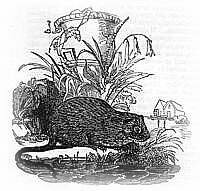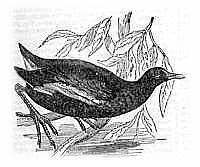Kiveton
Kiveton Park Rothm. Ciuetone 1086. Probably ‘farmstead by a tub-shaped feature’ Source A Dictionary of British Place-Names in Names & PlacesHistory

The de Keuton family, sold the estate on to former Lord Mayor of London Sir William Hewet . One of his descendents was Thomas Osborne who became the first Duke of Leeds. He arranged the building of a stately home in the village, Keeton Hall (Kiveton Hall), in 1698. The building, designed by William Talman, was demolished by George William Frederick Osborne, 6th Duke of Leeds in 1812.
High Politics in the Shadow of the Tower, Danby and Shaftesbury in the 1670s
In 1822 Kiveton was a hamlet in the parish of Harthill. Kiveton Park expanded rapidly when the mining of coal commenced in the mid 1800s. In 1868, it became a part of Wales parish
in 1921 the Kiveton Park Estate was sold at auction. It comprised 21 highly valuable farms, eight small holdings, two residences, accommodation land, woodland, a lime stone quarry, in and near the villages of Thorpe Salvin, Anston, Todwick, Kiveton Park, Harthill, Wales and Woodall, the whole covering an area of about 5019 acres

Reproduced courtesy of The Francis Frith Collection.
In 1966 Kiveton Park Quarry was excavated. The site of possible Roman auxiliary fort is indicated by finds of pottery usually associated with military contexts; excavations at the site uncovered the remains of kiln assumed to be located in a vicus.
The following is an extract from The Guardian Newspaper , describing the area:
There must have been 60 purple spikes of marsh orchid flowers tucked away in a tiny glade by the Chesterfield canal, near Kiveton Park. Set back from the waterway, hemmed in by silver birch and willow, the clearing was a hidden gem. Among the showy orchids was a single twayblade, the two spade-like leaves at the bottom of its stem, which give it its name, angled sharply upwards. On a day of intermittent rain, it produced its own sunny interval.

By the canal itself, the banks were riddled with water vole burrows. A young vole scurried along the edge, while a moorhen chick paddled out from the vegetation on our side; gawky legs visible through the clear water as they worked like two loosely hinged levers.

Along the canal, there were moorhen chicks of varying ages, some still tiny bundles of fluff, others half grown and independent. There was a nest, the sitting bird visible only because the red cowl at the top of its beak shone through the reed grass hiding the nest. Its mate bobbed by, a piece of uprooted plant in its beak. Further down, a dabchick sat on its nest, again hidden in the lush bankside growth.
Books will tell you that a "plop" is an indicator of water vole diving into the water. It could equally be a moorhen or a dabchick doing the same thing. However, the sight of a blunt-nosed clockwork toy ploughing across the water clinched the identification. The vole hauled itself out on the far bank, shaggy fur made the more so by being wet, at least on the outer layer. A shake, a wipe of the face with both front paws, and it was off under cover.
The rain came heavier, shattering the smooth surface of the canal, so we headed to the adjacent woods for cover. Here, the rain lasts longer, as the accumulated droplets are swept off the leaves each time the wind gusts, whether it is raining above or not.
Source:Country diary, South Yorkshire,Pete Bowler, Saturday July 17, 2004. The Guardian
Map Details
Websites
Kiveton Park and Wales Community History ProjectJ31
Kiveton Park Folk Club
Kiveton Park Coal
Kiveton Park Steel
Kiveton Park Colliery Cricket Club
